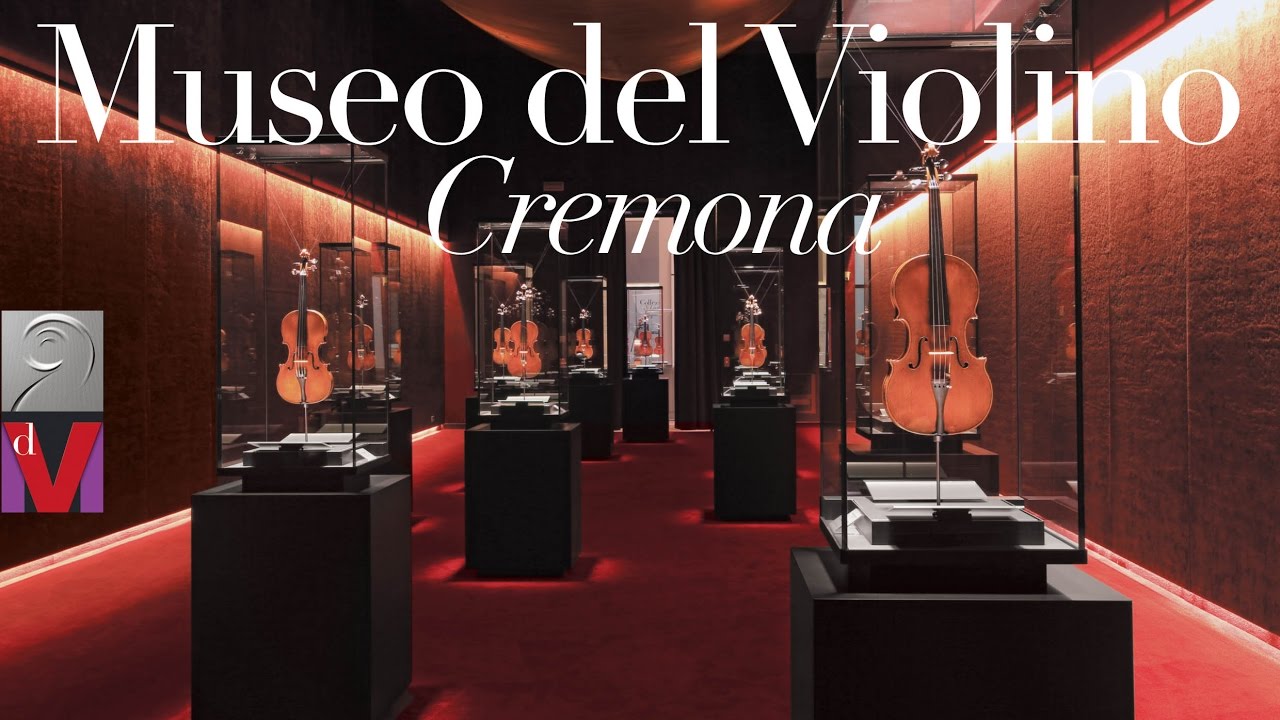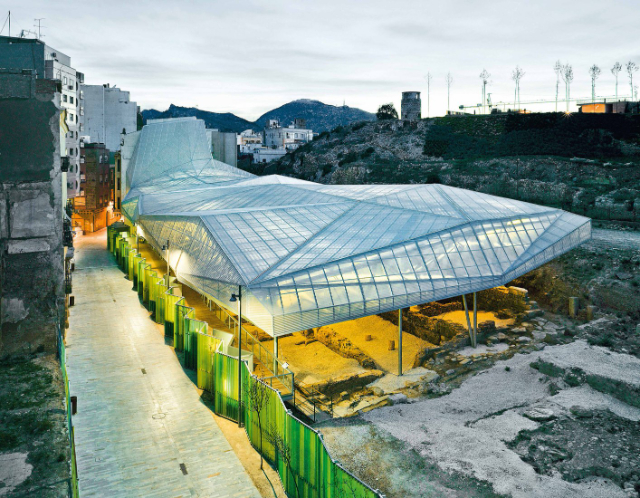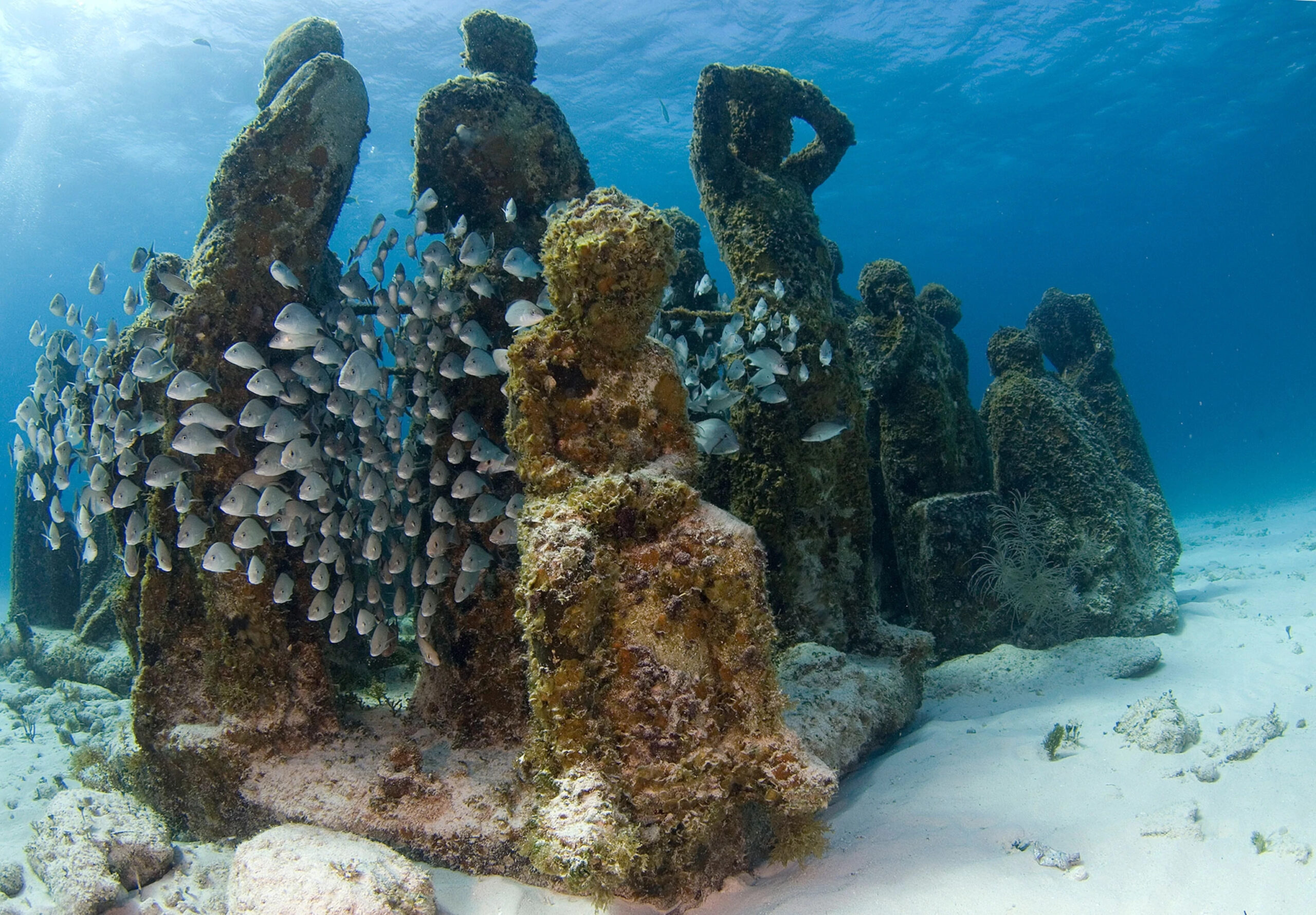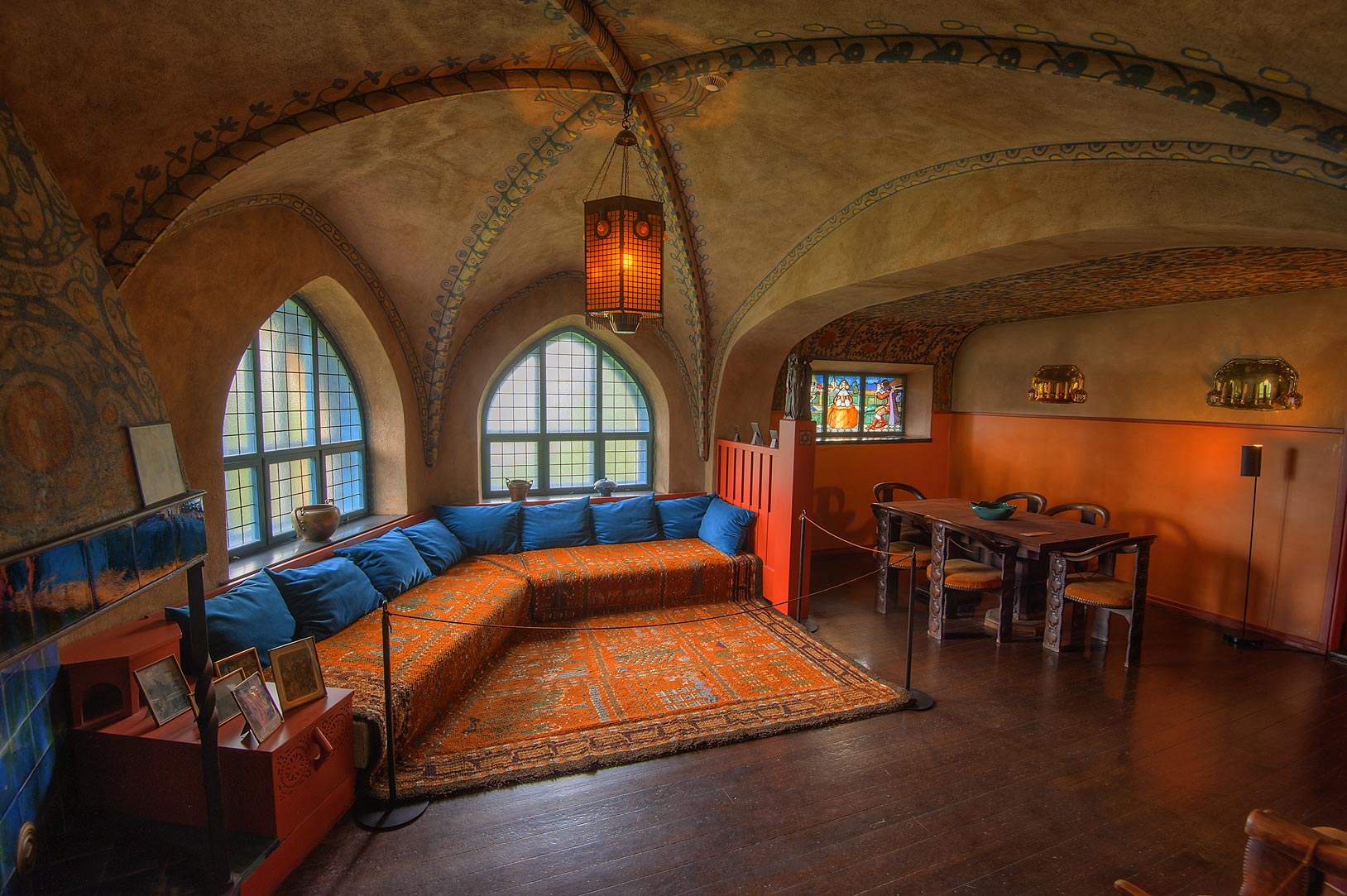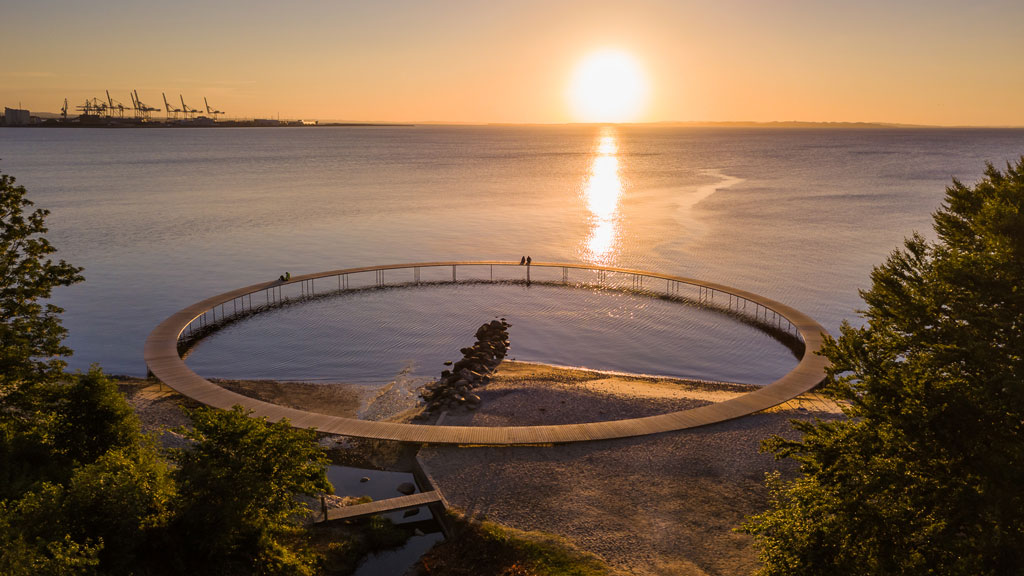Violin Museum
The luthier’s heritage of the city where Stradivari was born is unique in the world: precious stringed instruments by the greatest masters of the classical era, instruments of the later Cremonese and Italian tradition, exemplary winners of the violinmaking competitions held since 1976 by the Ente Triennale degli strumenti ad arco and more recently by the Stradivari Foundation. To these must be added the precious relics from Antonio Stradivari’s workshop (drawings, models, shapes, tools) which fortunately survived and were donated to the city of Cremona in 1933 by the violin maker Giuseppe Fiorini.
Home of the Museum, the Palazzo dell’Arte, which has been completely renovated thanks to the Arvedi Foundation. The new Museum will tell the origin and history of the violin, the construction systems of stringed instruments and their technical and acoustic peculiarities, the vicissitudes of the most important families of Cremonese violin makers, the impressive and lasting dissemination of the Cremonese violin in the world.
The museum will also give ample space to musical performance to make a place where instruments are usually enclosed in protective showcases, designed to adequately accommodate such delicate objects, sound and interactive. Without forgetting that the museum has a large Auditorium for real concert performances.
The 9 rooms of the Museum will host: 1) The origins of the violin 2) The violin maker’s workshop 3) The spread of the violin 4) The classical Cremonese violin making 5) The treasure chest 6) The Stradivarius finds 7) Sunset and rebirth of violin making 8) The violin making competitions of the Triennale 9) Friends of Stradivarius
The Auditorium deserves a special mention: show within show is designed to ensure the best acoustics in the world. 450 seats and a design " emotional " unique. If architecture is made to excite, acoustics was studied by engineer Yasuhisa Toyota and this is the real strength of the auditorium that has reached a level of perfection that also allows it to be used as a recording studio. The large "sculpture" of the auditorium has a structure with steel blades, which draw the shape, to which is anchored a metal mesh that serves as a base for the plaster. Everything is shaved and then veneered with maple wood varnished to recall the wood used to make the violins.
